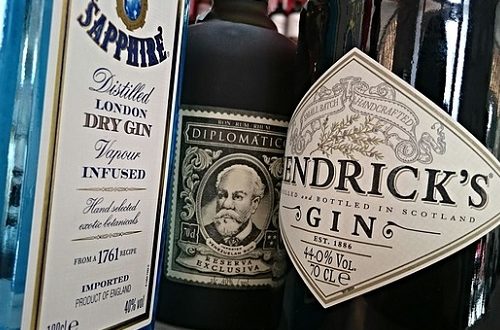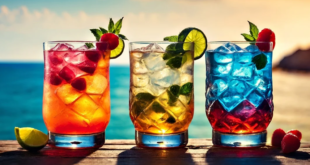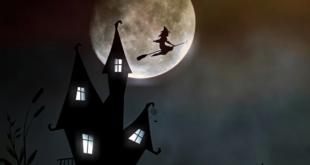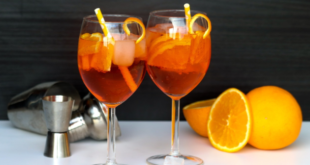Unlike Vodka, Botanicals are added to Gin to give it flavour. To be Gin, it must include Juniper, in fact the name is derived from the Dutch word for it, Jenever. Juniper delivers gins familiar pine flavouring.
Apart from juniper, gin makers can use as many different botanicals as they like giving us the diverse range of gins on the market.
Bombay Sapphire
Whilst I don’t want to promote any particular brand, this one deserves some given credit for the gin revival. Prior to its 1980s release, a few major brands dominated the market, little if any mention was made of the botanicals. Some would say mild inoffensive flavours were the rule of the day.
Bombay Sapphire went big on flavour and on promoting botanicals informing the market of their existence. Backing this they chose a good name and put it in an attractive bottle with a stylish label. Unlike those before them, they proudly listed the botanicals.
- Juniper from Italy
- Lemon Peel from Spain
- Coriander from Morocco
- Angelica (Root) from Saxony
- Orris (Iris Root) from Italy
- Grains of Paradise from West Africa
- Cubeb Berries from Java
- Cassia Bark from Indo-China
- Almonds from Spain
- Liquorice from China
Botanicals
Here are some common botanicals and the flavours they impart;
- Juniper – Sweet and fragrant with pine forest notes
- Liquorice – distinctive sweet taste
- Coriander – spicy and citrus
- Angelica – medicinal and earthy
- Grains of Paradise – sweetness, warmth and smoky
- Lemon and Orange – citrus and refreshing
- Orris – woody, earth and floral
- Cardamom – aromatic
- Cinnamon and Cassia Bark – spicy and sweet
- Cubeb – Peppery and bitterness
- Almonds – nuttiness
Gin Boom
In 2017, 49 new gin distilleries opened taking the total to 315. Many of theses artisan distilleries are experimenting with botanicals, both trying new ones and using existing ones more boldly. More and more bars and restaurants offer a wide choice with tasting notes resembling a wine list. Quite a change from the two or three on offer a few years back.
 Vino-Club For Wine Lovers
Vino-Club For Wine Lovers







